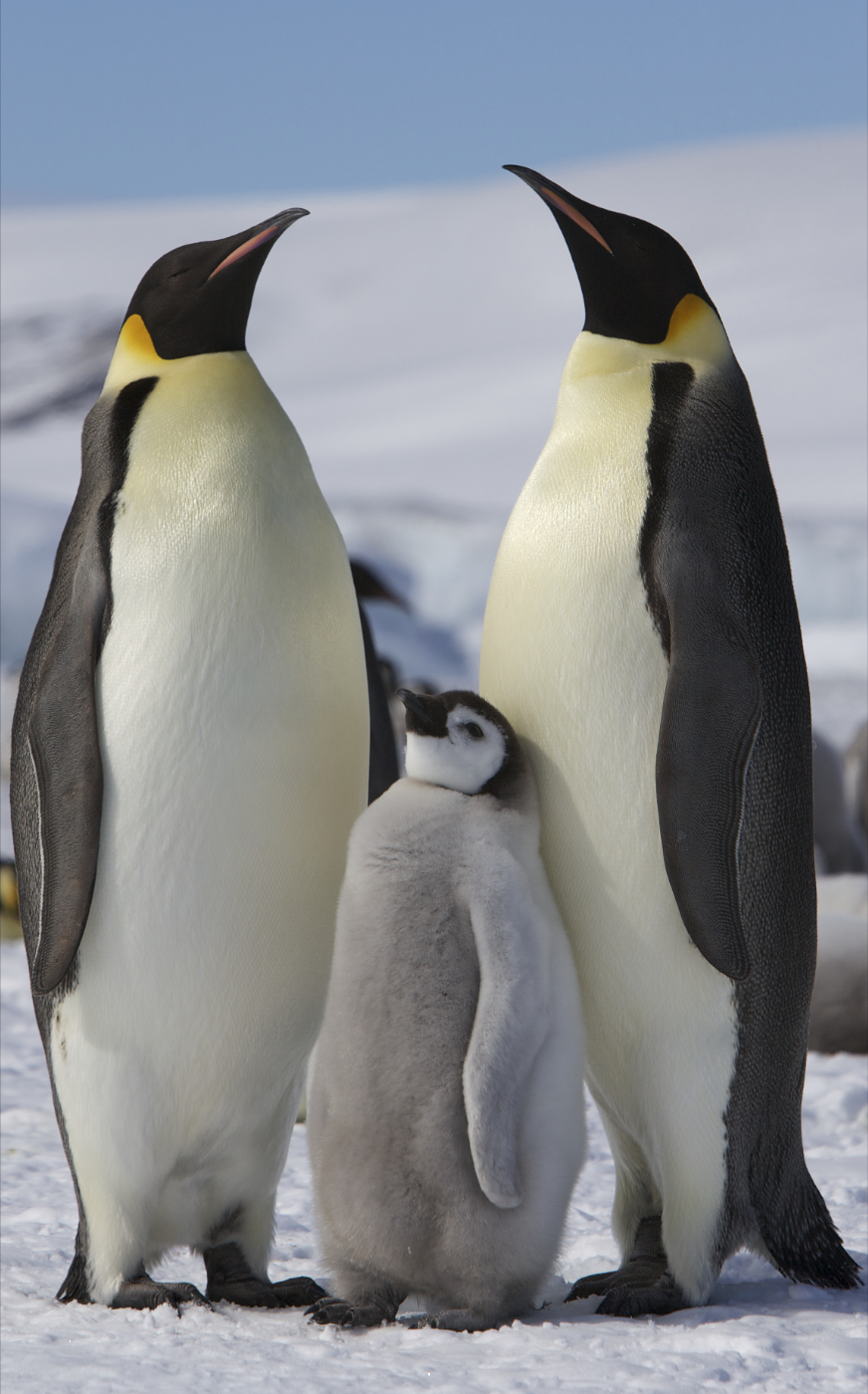A brief bit of background info on Antarctica: it is surrounded by the Weddell Sea in the north, and in the South, the Ross Sea fills a noticable inlet. The Southern Ocean surrounds its entirety, and in the winter (August time), its continental ice sheet extends out to the sea. Or so I'm told. It definitely used to anyway. But slamming humans and climate change and the Day After Tomorrow future is for another blog another time.
Antarctic Marine Biota
Understandably, the diversity in this hostile region is pretty low, but the primary producers include planktonic algae - chiefly diatoms, ice algae, benthic algae and some microalgae. Consumers include krill, soft corals, annelids, molluscs, crustaceans, fish, birds and marine mammals.
DONE!!
Kidding.
The food chain in the Antarctic is pretty simple, but starting with primary production, benthic algal biofilms form on sediments and ice. An example of ice algae includes Melosira arctica. Macroalgae includes Phyllophora antarctica. Unsure why it's not Melosira antarctica.
Euphausia superba, or krill is a keystone organism in the system, and it is commercially fished for human foodstuffs. Dense swarms of up to 10,000 individuals per square meter can form, and these swarms are dynamic, swimming closer to the surface in the night time. Swarms do not mix, have different sex ratios and different sizes. They have pleopods (swimming legs), upon which grow thoracopods with rake setae, which translates to filter-feeding appendages. They feed on sea ice algae by scraping the algae off with their rake setae. The algae is crushed and digested in the hepatopancreas. It takes three years for them to mature, and they release fertilised eggs which hatch in to nauplii, and these slowly ascend the water column over three year, if they are not hiding in ice caverns.
Other invertebrates include molluscs; Adamussium colbecki (Antarctic scallop), Neobuccinum eatoni (Antarctic whelk), and the Tritonia antarctica that lives upon the Alcyonium antarcticum - The Tritoniid nudibranch upon a soft coral.
Cnidarians include the Desmonema glaciale, or Scyphomedusa spp., alongside the Trachymedusa spp.
Echinoderms include the Ctenocidaris perrieri or Pencil urchin, and the Odontaster meridionalis (sea star) which eats Perkinsiana spp., - featherduster worms.
Antarctic fish have no swim bladder but are neutrally buoyant, and are also without haemoglobin, e.g. Chaenocephalus aceratis, or White crocodile fish. They have slower metabolisms, large gills and scale-less skin, with a high cardiac output and high blood volume. Pagothenia borchgrevinki fish have antifreeze - macromolecular antifreeze glycopeptides (AFGPs) that lower the freezing point of their body fluids beneath that of the seawater. It is synthesised in the liver, secreted in to the blood and distributed to body fluids. It prevents freezing by inhibiting ice crystal formation on fish interiors. Ice presence in the spleen of a fish indicates the spleen itself removes ice crystals from the fishes circulation.
Ice fish are endangered owing to the heavy overfishing; 400,000 tonnes of Paraliparis devriesi were cought between 1969-1970. Notothenia coriiceps or Antarctic Cod is also incredibly popular in the fishing market. The Convention for the Conservation of Antarctic Marine Life Resources in 1982 (CCAMCR) was implemented, but despite this the Patagonian toothfish (Dissotichus eleginoides) and Antarctic toothfish (D. mawsoni) were still over-fished by the Japanese, who sold it as Chilean Seabass at $1000 per fish. On the longlines in which they were fished, over 191,700 seabirds were found dead.
Antarctic birds migrate away in the winter, exluding some penguin species. The Catharacta macormicki (South-polar Skua) replaces birds of prey in Antarctica, and feeds on Adelie penguin chicks and fish. The Macronectus giganteus, or Giant Antarctic Petrel is the largest flying Antarctic bird, weighing 5kg. It feeds on fish, offal and carrion, and arrives in late winter. Oceanites oceanicus or Wilsons Storm petrel is the smallest Antarctic bird, but has the longest migration, flying 40,000 km per year. It feeds off of krill and organic waste.

Penguins belong to the order Sphenisciformes, family Spheniscidae. The Adelie Penguin, or Pygoscelis adeliae)is the most abundant species, and 99% feeds on krill, nesting in rookeries. Its main predators include skuas and petrels, alongside Killer Whales and Leopard Seals.
Aptenodytes forsteri, or the Emperor Penguin, is found on the Antarctic coastal ice zones, where it resides and mates once a year. The male incubates the egg in the winter within a large colony, and the females return in July, before both parents feed the young.
Marine mammals include seals and fur seals e.g. the Weddell Seal and the Ross Seal, fairly easy to remember. The Leopard Seal is the top predator here. A large range of cetaceans also exist in the Antarctic.
Aptenodytes forsteri, or the Emperor Penguin, is found on the Antarctic coastal ice zones, where it resides and mates once a year. The male incubates the egg in the winter within a large colony, and the females return in July, before both parents feed the young.
Marine mammals include seals and fur seals e.g. the Weddell Seal and the Ross Seal, fairly easy to remember. The Leopard Seal is the top predator here. A large range of cetaceans also exist in the Antarctic.

No comments:
Post a Comment